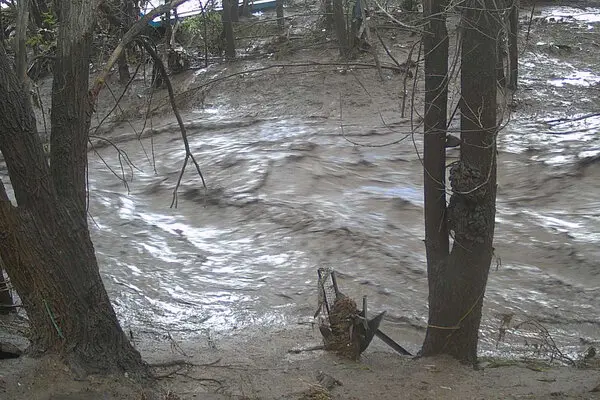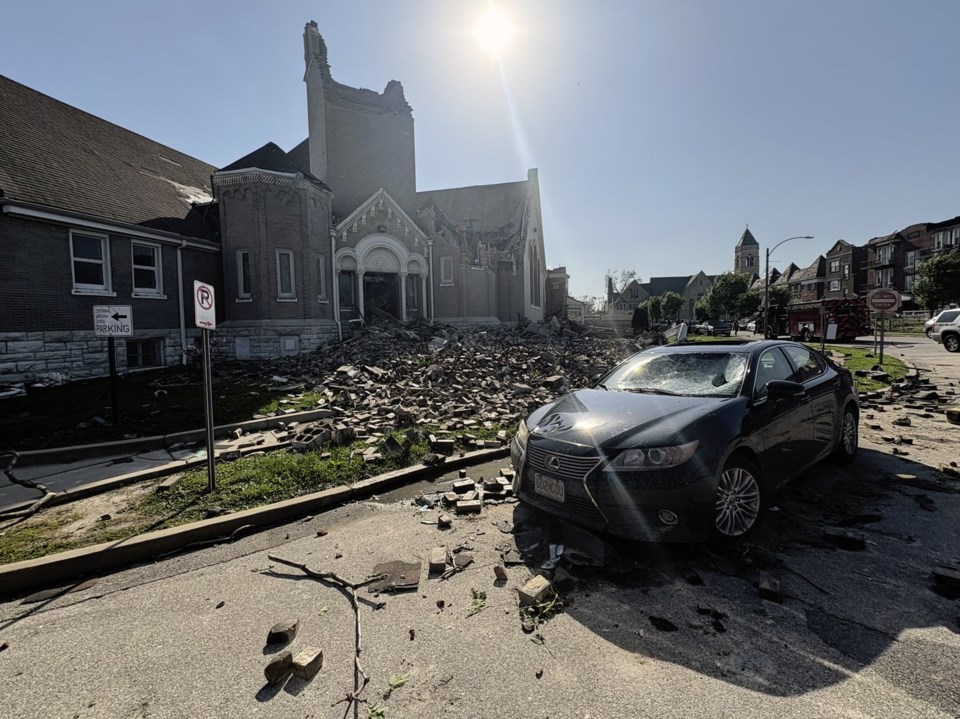New Mexico flooding has once again reminded residents of the state’s increasing vulnerability to climate-related disasters. In July 2025, the serene mountain village of Ruidoso was turned into a disaster zone as flash floods—triggered by intense monsoon rains—rushed through communities, sweeping away homes, vehicles, and everything in their path. The devastating New Mexico flooding event not only left parts of the village submerged but also claimed several lives, left others missing, and forced emergency rescues in massive numbers. This wasn’t an isolated event—it was a catastrophic reminder of how burn-scarred landscapes and climate extremes are making New Mexico flooding more dangerous than ever before.
The New Mexico flooding crisis was magnified by the effects of previous wildfires, which stripped hillsides of vegetation and made the soil unable to absorb sudden downpours. As rivers like the Rio Ruidoso overflowed at record levels, residents experienced some of the worst flooding in state history. In this article, we dive deep into the causes, human toll, emergency response, and long-term impact of the New Mexico flooding. Whether you’re a resident, policymaker, or climate-conscious reader, understanding the full scope of this disaster is crucial. Let’s unpack the tragic yet important story of the 2025 New Mexico flooding.
What Triggered the New Mexico Flooding?
Following torrential monsoon rains, Ruidoso’s burn-scarred terrain—left vulnerable by wildfires in 2024—failed to absorb moisture, leading to rapid runoff and debris-laden torrents in local rivers. The New Mexico flooding surge crested the Rio Ruidoso at a provisional record 20.24 feet—surpassing the previous high of 15.86 feet set just last year. Between 1.5 to 5 inches of rain fell across the region, overwhelming the landscape and triggering disaster conditions throughout the village.
Flash Flood Timeline and Impact
- Mid-afternoon, July 8 – NWS issued flash flood emergency warnings for Ruidoso due to extremely elevated river levels.
- Peak flood event – Rapidly rising water levels swept away entire homes and vehicles, carrying debris downstream .
- Rescue operations – At least 85–100 swift-water rescues were conducted by local responders, state agencies, and the National Guard .
- Casualties & Displacement – Sadly, three people died (a man and two children), around 60 people were rescued, and several remain missing. Shelters were set up for evacuated families .
Why Ruidoso Was Especially Vulnerable
The devastating New Mexico flooding in Ruidoso was aggravated by:
- Burn scars from 2024 wildfires, which eliminated vegetation and increased runoff risk
- Steep, mountainous terrain, which sped up water flow into populated areas .
- Climate-driven extremes, as warmer air holds more moisture, enhancing monsoon storms
Emergency Response and Community Support
Authorities and community members acted swiftly:
- Emergency declaration and $750,000 in state funds were allocated to support rescue and recovery
- National Guard joined local teams in conducting tens of swift-water rescues
- Community shelters opened to house displaced residents
- Gas leaks and debris cleanup were managed by utility companies to ensure safe recovery
Broader Implications of New Mexico Flooding
This New Mexico flooding event highlights several urgent issues:
- Need for stronger infrastructure — better drainage systems, flood barriers, and zoning laws could reduce future damage.
- Climate adaptation necessity — policymakers must integrate climate forecasts into emergency planning.
- Early warning systems — widespread alerts, real-time monitoring, and public education are essential to saving lives.
How to Stay Safe in Future New Mexico Flooding Events
- Monitor local alerts and heed official flash flood warnings immediately.
- Know your evacuation routes and safe shelters.
- Avoid burn-scar slopes after heavy rain.
- Never drive through floodwaters—just 6 inches can sweep a car away.
- Support community preparedness through donations and volunteer efforts.
Looking Ahead: Rebuilding After the New Mexico Flooding
Recovery in Ruidoso will be long-term:
- Infrastructure rebuilds — roads, utilities, and debris removal.
- Support for affected families — counseling, housing aid, and community resource centers .
- Ecological restoration — planting vegetation and implementing watershed protections.
- Policy reforms — improving zoning, early warning systems, and climate-focused infrastructure planning.
Final Thoughts: Lessons from the New Mexico Flooding Crisis
The New Mexico flooding of July 2025 will be remembered as one of the most devastating and eye-opening climate disasters in the state’s recent history. With multiple lives lost, hundreds displaced, homes swept away, and entire communities left in shock, the catastrophe has not only shaken the village of Ruidoso but also raised urgent questions about the readiness of similar regions in the face of climate-fueled weather extremes.
What made this flood so tragic wasn’t just the volume of rain, but how ill-prepared the land—scarred by wildfires—was to absorb it. The disaster underscores how one environmental crisis can compound another, turning rain into ruin. It also reminds us that New Mexico flooding events are not just seasonal inconveniences—they are serious threats that require a proactive, community-wide response.
Moving forward, it’s critical for local and state governments to invest in climate-resilient infrastructure, implement better flood-warning systems, and provide education on emergency preparedness. Residents in high-risk areas must be equipped with the knowledge and resources to act quickly when the next storm comes.
As we reflect on the destruction left behind by the New Mexico flooding, let this serve as a wake-up call—for preparation, for climate action, and for building stronger, safer communities before the next storm arrives.
For more real-time insights, updates, and disaster coverage, visit bloghear.com.



